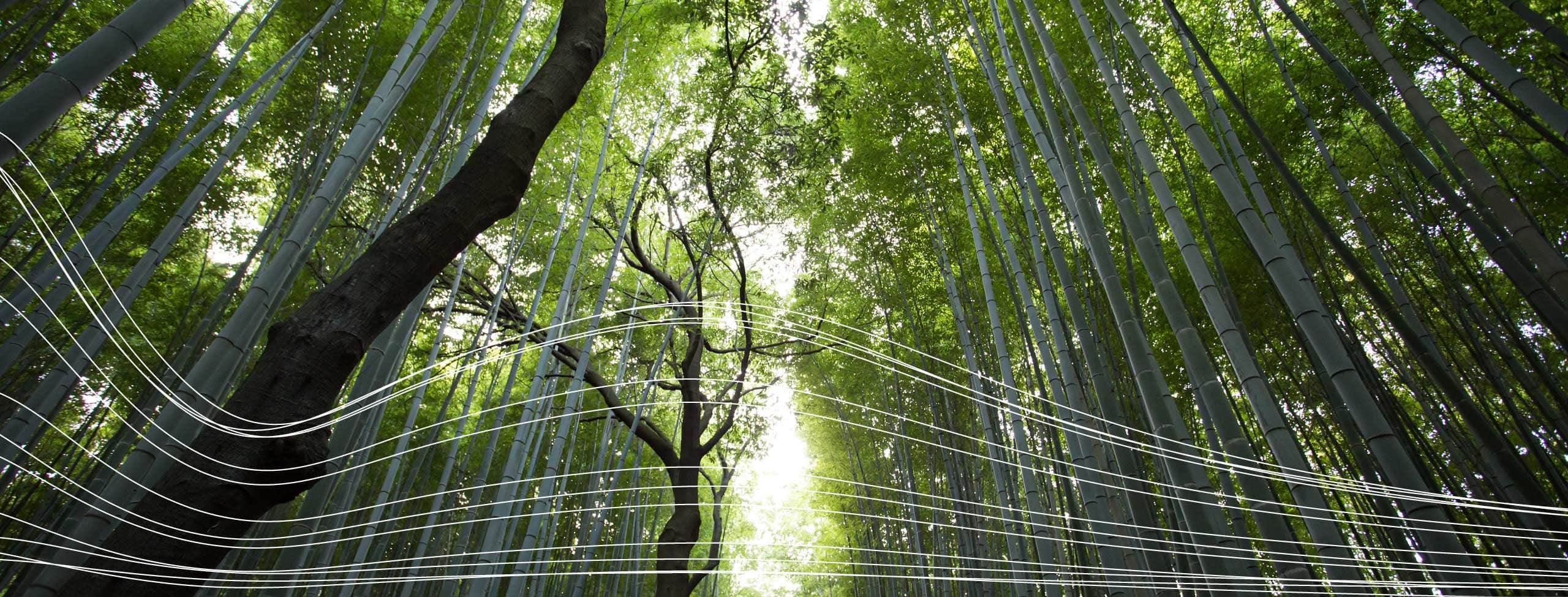Requirements for the labeling of pure textile products
The Court of Justice of the European Union (CJEU)recently decided in Verein für lauteren WettbewerbeV v. Princesport GmbH,1 that with respect to puretextile products, there is no obligation to give furtherinformation about a product’s fiber compositionbeyond the name of the underlying textile fiber.
In recent proceedings before the District Courtof Cologne, a competition association, Verein fürlauteren Wettbewerb eV, attacked a fashion company,Princesport GmbH, for not labeling its pure textileproducts with the terms “100%,” “pure” or “all,” asallegedly required by Art. 7 (1) of the EU TextileLabelling Regulation (Regulation (EC) No. 1007/2011).2The German court referred several questions to theCJEU, including whether Art. 7 (1) of the EU TextileLabelling Regulation (TLR) requires the use of oneof these three classifications, as well as whether Art.9 (1) of the TLR’s requirement to list the name andcorresponding percentage (by weight) of all fiberscontained in a multi-textile product also applies to apure textile product.
The CJEU first held that the TLR provides for ageneral obligation to label all textile products includingpure ones to indicate their fiber composition.However, the CJEU noted that the inclusion of theword may in Art. 7 (1) of the TLR demonstratedthat the use of the terms “100%,” “pure” or “all” wasnot mandatory, but merely discretionary. Thus, theprovision permits manufacturers to state that a textileis composed of a particular fiber without using one ofthe three suggested terms. Moreover, the CJEU foundit was permissible to substitute these descriptors withterms synonymous with “100%,” “pure” or “all” and/or all three terms jointly.
In addition, the CJEU clarified that Art. 9 (1) of theTLR only applied to multi-fiber textile products whichdoes not include pure textile products, as definedin Art. 7 (1) of the TLR. As a pure textile product is,by definition, composed exclusively of a single typeof fiber, an obligation to state the percentage of allconstituent fibers would be meaningless.
This decision is notable because the provisionsof the EU Textile Regulation play an importantrole in German practice, namely in relation toUnfair Competition Law (Section 3a German ActAgainst Unfair Competition). Violations of Section3a may result in the issuance of demand letters bycompetition associations to manufacturers some ofwhich reprimand even minor violations which canultimately lead to formal litigation proceedings.
Furthermore, the implementation of the TextileLabelling Regulation has historically involved aconsiderable amount of work for companies. Mostretailers find the CJEU’s decision a welcome revisionto the current law, as it creates certainty with respectto the requirements for pure textile products.
Ultimately, the CJEU’s decision not only providesassurance to retailers, but it will also provide animportant framework for courts analyzing unfaircompetition litigation in the EU.
1. Case C-339/17, Verein für lauteren Wettbewerb eV v. Princesport GmbH, 2018 E.C 539.
2. Council Regulation 1007/2011, art. 7, 2011 O.J. (272) 1 (EC).
